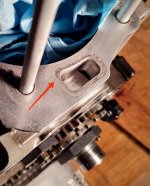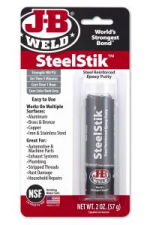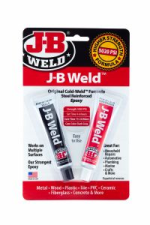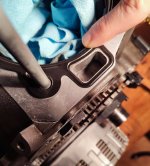Just getting around to working on this thing after a two-year delay after returning to school. Taking a closer look and wondering about the condition of the base near this coolant gallery (or whatever it's called). I have new steel gaskets, however, I am wondering if I need some additional gasket sealant and, of so, which kind (I found a ton of different kinds but not sure what to use - high temp, oil-resistant, aerobic/anaerobic?, silicone or RTV gasket maker?)
Backstory - I had coolant leaking into the engine which prompted me to take everything apart.
Backstory - I had coolant leaking into the engine which prompted me to take everything apart.




